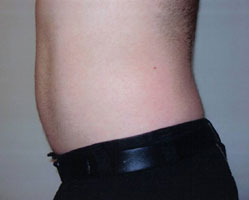The idea behind mesotherapy is that you can get the active substances or ingredients, in small quantities, to the site requiring treatment by directly injecting them there. This is instead of relying on a tablet or intravenous injection where higher concentrations of a drug or other ingredient are required to be given in order to get adequate levels to the site requiring treatment.
The actual preparation injected during mesotherapy depends upon the problem being treated. In general, the substances used can include: local anaesthetic, and products that may reduce inflammation, muscle relaxants, enzymes, vitamins, minerals, plant extracts, growth factors, hormones, and hormone blockers; to name but a few. Treatment is administered by multiple micro-injections using a very fine needle, which are either delivered individually by the practitioner’s hand or using a ‘meso-gun’ which fires the tiny needle into the skin and delivers a specified dose with more repetitions than can be achieved manually, hence making for a faster and some would argue more consistent treatment.
When used in the treatment of ageing skin mesotherapy aims to replace minerals, vitamins and amino acids that are found in lower levels in skin as we age. It is also used to boost levels of hyaluronic acid, another important component of the skin that helps to maintain firmness and texture, levels of which decrease as skin ages. It is claimed that injecting more hyaluronic acid just below the surface of the skin helps to stimulate more collagen production, which, in turn, improves skin tone and helps to reduce fine lines and wrinkles.
No-needle options seek to achieve the same aim as injection mesotherapy, but look at ways to encourage the penetration of active ingredients, when applied topically to the skin, through the protective barrier layers of the skin’s surface using mild electrical currents to assist the transportation of the substance between the skin cells. This pain-free option is therefore said to provide a viable mesotherapy alternative for needle phobics.
The technique of electrical transdermal delivery, whereby the substance being used to treat the area is ionised (i.e., the molecules within it are given a positive or negative charge) using a galvanic current, has been developed since the first discovery in the 1700s. This method uses the natural repulsion and attraction properties generated by positive and negatively charged agents when an electrical current is applied to the substance in contact with the skin, to literally repel the ingredients into the depths of skin.
Early techniques not only suffered from poor skin penetration abilities (often much less than ½cm), despite their ability to carry high concentrations of active ingredients, but also required polarised substances (i.e. ones with already charged molecules). The use of a continuous current also increased the likely risk of surface skin burns. This first known technique was called ionophoresis, where ‘phoresis’ originates from the Greek meaning ‘being carried’, and ‘ion’ refers to a positive or negatively charged molecule, so literally ‘ionophoresis’ is a technique for carrying these molecules.
The technique to show promise was iontophoresis, which has now been used by medics as a non-invasive drug delivery method for medication since the 1960s. It no longer used a continuous wave of galvanic current but modulated it into impulses. This lowered the incidence of burns whilst disappointingly also lowering the amount of active ingredients which could be carried, but as the wave frequency was not altered the levels of skin penetration remained very much the same as with ionophoresis.
One device, Eporex™ uses a similar process of electrical transdermal delivery called isophoresis, which it claims overcomes some of the disadvantages of earlier techniques, such as poor skin penetration and the need for polarised products.
It uses a pulsed low frequency current, whose intensity is adjusted by the operator, and delivers a particular waveform which ionises the molecules in the active ingredients used in the treatments, and creates small channels in the skin for the ingredients to travel down. The head of the device is similarly charged to the ionised molecules and as it moves across the skin it repels the molecules deep into it. Ingredients contained in water soluble molecules permeate the skin’s natural lipid barrier and then cascade through the tissue beneath via minute channels created between the cells known as aquaporines, created by the Eporex™ waveform current. It claims to be able to penetrate the skin up to 9 -10cms and be able to introduce 90% of the active ingredients being administered.
The treatments use a variety of substances derived from herb and vegetable extracts, as well as human growth hormones. Many of the ingredients exist naturally in the human body so the treatment is designed to provide a top-up to increase the body’s ability to burn fat or regenerate tissue.




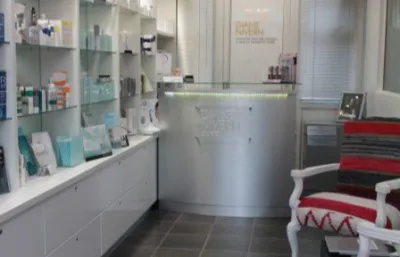

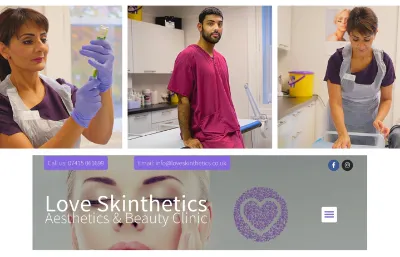

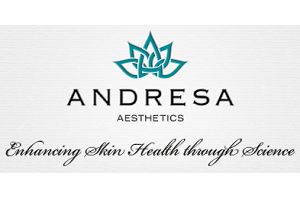


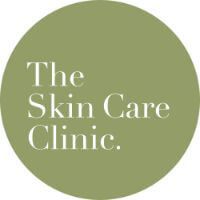
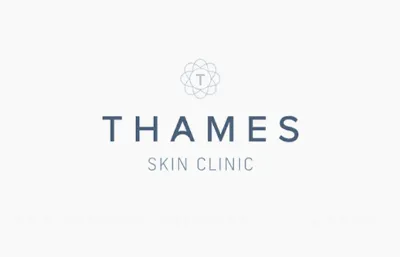




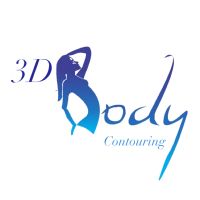



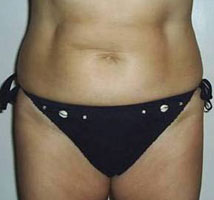
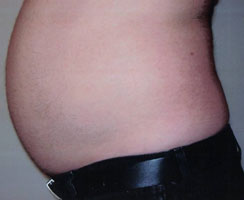 >
>